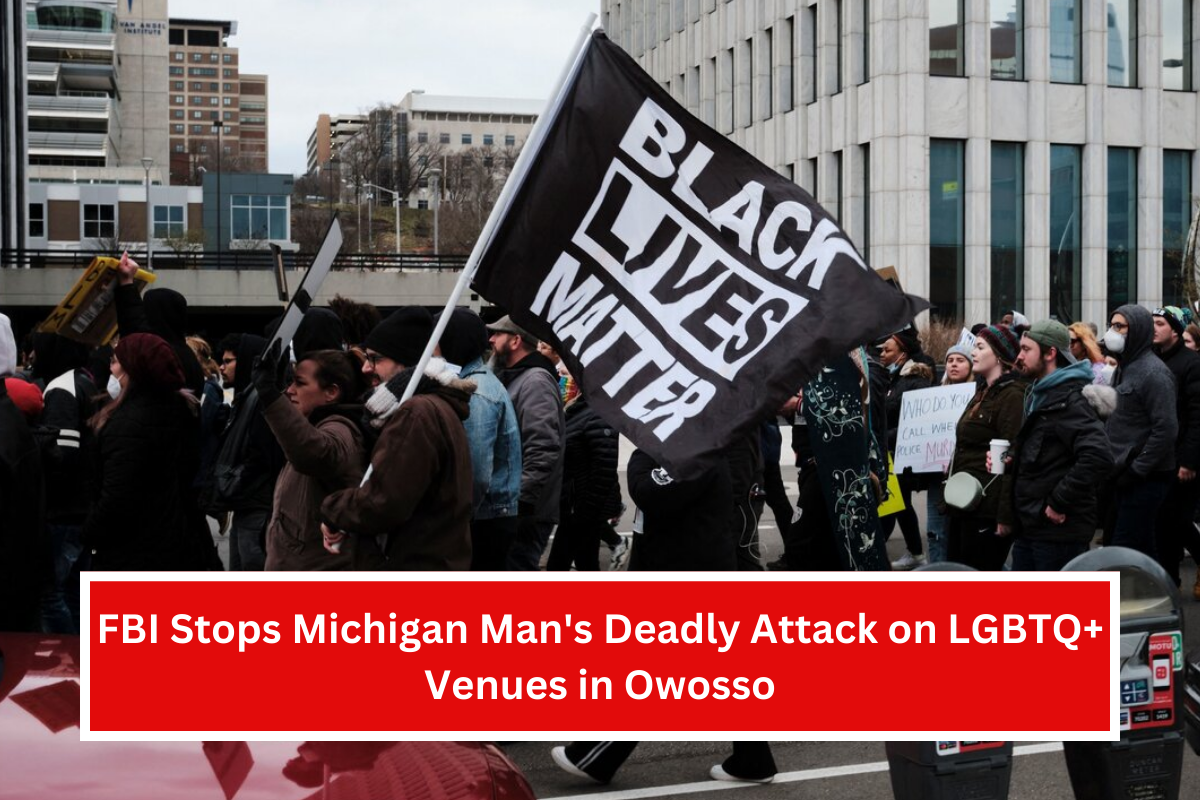The Mars Bluff Incident of 1958 was a shocking moment in history when a US Air Force plane accidentally dropped a nuclear bomb in South Carolina. This event, occurring during the tense Cold War era, highlighted the dangers of nuclear weapons and the risks involved in their testing and transportation.
Though it caused destruction, it surprisingly avoided a nuclear catastrophe. Let’s explore the details of this incident and its long-lasting impact.
The Cold War: A Time of High Stakes
During the Cold War, the US and Soviet Union competed to build the most powerful weapons. This arms race began in the late 1940s and often involved testing new weapons. Unfortunately, accidents were not uncommon. One such mishap was the Mars Bluff Incident, which brought the dangers of these practices into focus.
Developing the Mk 6 Nuclear Bomb
After World War II, the United States continued developing advanced nuclear weapons. The Mk 6 bomb was an upgraded version of the atomic bomb dropped on Nagasaki. Manufactured between 1951 and 1962, over 1,000 of these bombs were made.
These weapons were used in training exercises to prepare for potential conflicts with the Soviet Union. However, accidents with these bombs, referred to as “broken arrows,” were alarmingly frequent.
The Incident at Mars Bluff, South Carolina
On March 11, 1958, a B-47 Stratojet bomber took off from Georgia, carrying a Mk 6 nuclear bomb. The crew was headed to the UK for Operation Snow Flurry, a training exercise. However, trouble arose when they struggled to secure the bomb properly in its compartment.
While in flight, Captain Bruce Kulka tried to fix the issue. Tragically, he accidentally triggered the emergency release pin, causing the bomb to fall from the aircraft at an altitude of 15,000 to 20,000 feet.
It landed on the property of Bill Gregg, destroying a playhouse he had built for his children and creating a massive 70-foot-wide crater. Miraculously, the family suffered only minor injuries, as the bomb’s nuclear core was not installed.
The Aftermath and Response
Military officials quickly arrived at the scene. The Gregg family, who lost their home and possessions, sued the Air Force and received $54,000 in compensation.
Despite their loss, Bill Gregg humorously remarked that he had always wanted a swimming pool and now had a hole for one.
The Mars Bluff Incident drew global attention and led to significant changes in Air Force training policies.
Shortly after, the practice of carrying nuclear weapons during training flights was discontinued, reducing the risk of similar accidents.
Legacy of the Mars Bluff Incident
The Mars Bluff Incident is remembered as a near-disaster that could have been much worse. It serves as a reminder of the risks associated with handling nuclear weapons. The event also contributed to better safety measures and a more cautious approach to training operations involving such dangerous materials.
FAQs
1. What caused the Mars Bluff Incident?
The incident occurred when a B-47 bomber accidentally dropped a nuclear bomb due to a malfunction and human error during a training flight.
2. Was there a nuclear explosion at Mars Bluff?
No, the bomb’s nuclear core was not installed, so the explosion was limited to the TNT inside the device.
3. Did anyone die in the Mars Bluff Incident?
Fortunately, no one died. The Gregg family suffered minor injuries, and surrounding structures were damaged.
4. What changes were made after the incident?
The Air Force stopped carrying nuclear weapons during training flights to prevent similar accidents.
5. How much compensation did the Gregg family receive?
The family received $54,000 from the US Air Force for the damages caused.





















